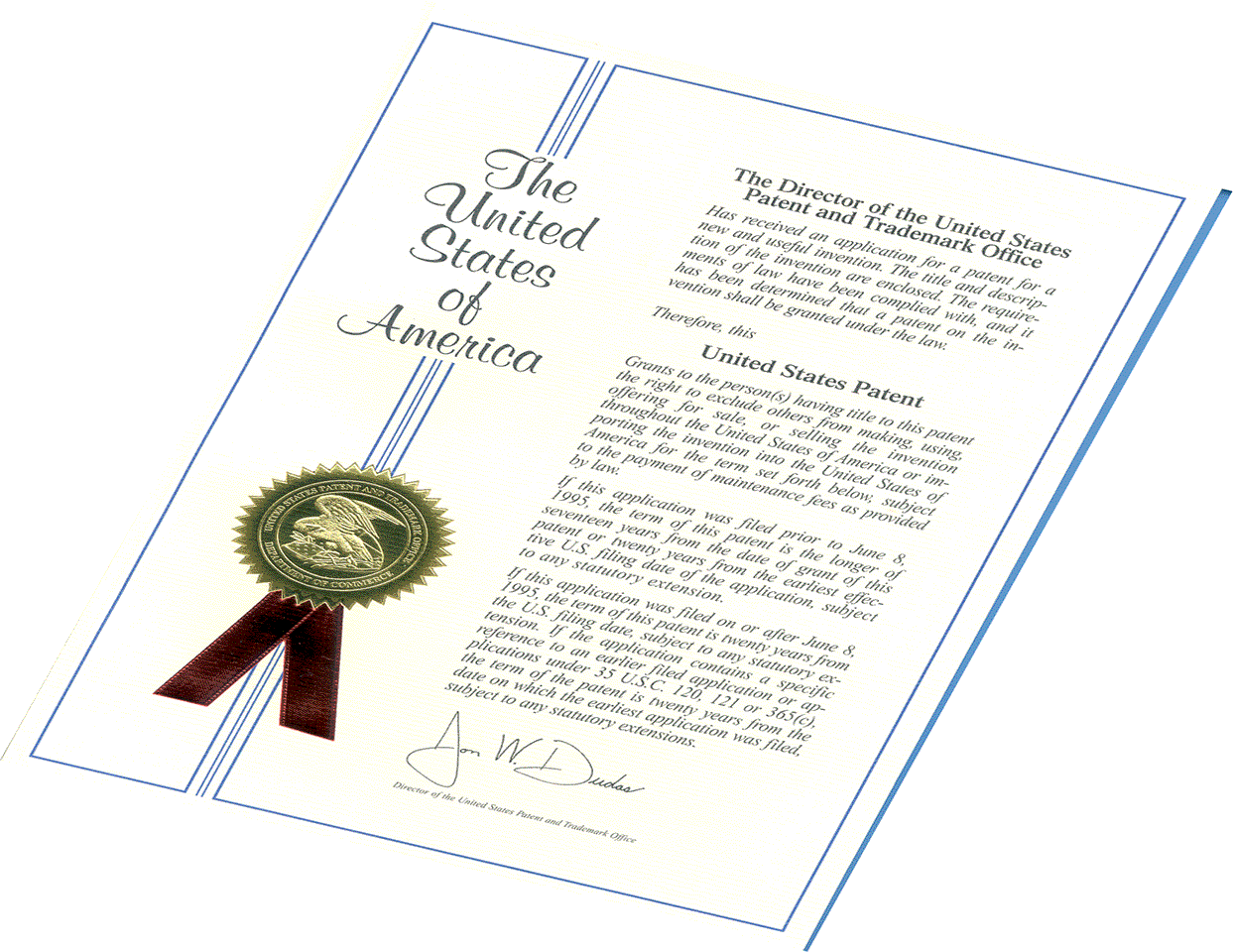After you review your opinion letter, you may decide to move forward with a utility patent application. A utility patent is used to protect a method of use or a particular structure of your invention. A utility patent application includes a specification, claims and drawings. Any protection you obtain will be defined by the claims and therefore a utility patent may be very broad depending on the claim language allowed by the Patent Office.
If you would like to proceed with a utility patent application, you will notify my Charlotte office and I will begin by ordering the drawings needed for your patent application. The cost of the drawings is included in my flat fee and these are used to provide an example of your invention for the patent examiner. Once I have an approved set of drawings, I will write your patent application, send it to you for your inspection and signature, and then file it with the US Patent and Trademark Office along with your payment of the government filing fee. It is at that time that you will be patent pending.
Once you are patent pending, you can market your invention for the purposes of placing your product in the market place, selling your invention to a third party or licensing your invention to a third party. You may want to wait to market your invention until after you are patent pending to avoid losing any rights you might have otherwise been awarded.
Some firms may offer, for a reduced fee, the filing of a provisional utility application. Please understand that a provisional application is designed to give you an expedited filing date and should typically only be used for emergency situations where a filing date must be obtained to prevent a loss of rights. Further, a proper provisional application will include all of the information required to file a non-provisional application, and therefore little reason exists to file a provisional application when a full non-provisional application may be filed. More importantly, if you file a provisional application, you must file a non-provisional application within 12 months of the date of the provisional application. This means you will have to pay an attorney a second time for virtually the same task.
Typically between 12 and 36 months after filing your patent application, you will receive an “office action” from the Patent Office which sets forth their determination as to what, if anything, is patentable in your claims. Upon receiving the office action, I will bill you a single flat fee for all arguments required up and until a final determination is made by the Patent office. Typically, in the case of a negative finding by a patent examiner, there will be between 2 and 4 responses required. Regardless of the number of responses required or their complexity, you will only be billed once.
Upon allowance of your application, you will be required to pay a government issue fee and the application will issue as a patent. I do not bill you handling fees for forwarding these payments to the government and to forward the patent certificate to you. Once a utility patent is obtained, it is valid for 20 years from the date of filing the patent application and maintenance fees must be paid at 3 ½, 7 ½ and 11 ½ years after the date of the issuance of the patent.
It is important to note that if you decide to file a patent application, utility or design, you must do so within one year of the first public use or disclosure, sale or offer for sale of an item embodying the invention. Additionally, many foreign countries require that the patent application be filed before public displays/sales of the device. Finally, if you would like to obtain any foreign protection, you must do so by filing for foreign protection within 12 months of the filing date of the US patent application.

